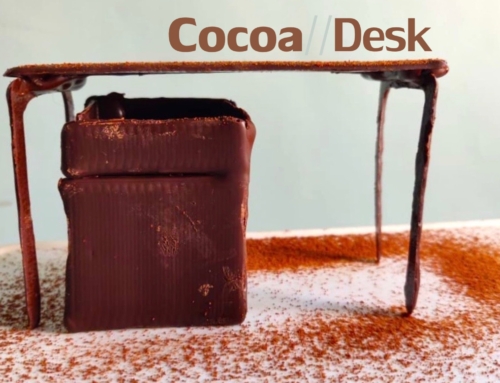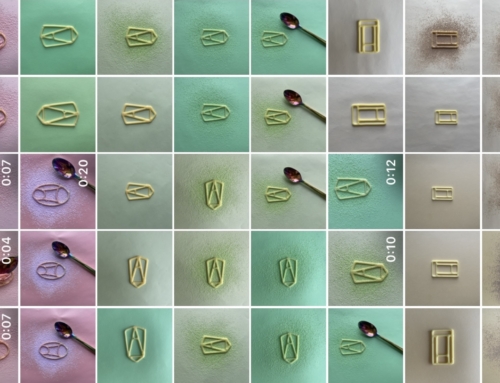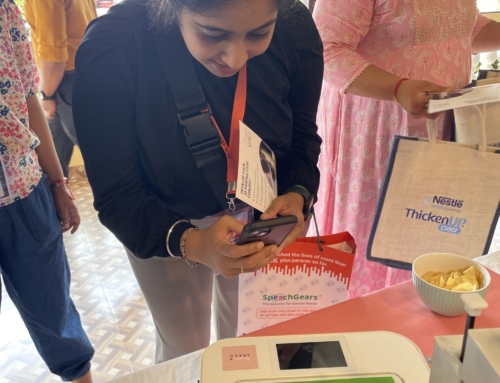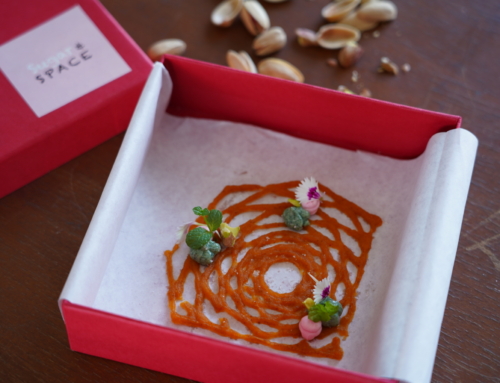As Sugar & SPACE turns two, we’re celebrating our first ever eating experience – EAT Mondrian as we prepare to launch #EATMondrianAtHome – The Complete Host-It-Yourself Experience Guide. Our first post in the limited series covers the joyful world of yellow food.
“The surface of things gives enjoyment, their interiority gives life.”
— Piet Mondrian
What do you feel when you see something yellow? Happiness and joy? Yellow is cheerful and it is said that it makes you more creative. An ideal colour to regularly expose yourself to, don’t you think? We just found the best way for you to do so: put it onto your plate! As we move swiftly through our Mondrian colour palette, we dive into the edible world of yellow.
What kind of yellows do we eat?
Let’s start with the natural, healthier side of edible yellow. After all, there are a lot of fruits and vegetables that live the happy yellow life: bananas, pineapples, lemons, bell peppers (which are even sweeter than their red siblings), corn, and so on. Next to the fruit and veg, there are also yellow spices, like turmeric or ginger. Yellow spices are known for their anti-inflammatory qualities. Aren’t they even more irresistible now?
The sweetest of all yellows is honey, for sure. It is often combined with another beloved yellow liquid: mustard. Some of the most famous dairy products are also part of our edible yellow world: cheese. From Gouda to Cheddar, Brie and Emmental. There is something in the cheese range for every one, including all you kind vegans out there. Last, but not least, we must honour the potato.. There’s so much that a potato can bring to the table. Personally, I’m a huge fan of french fries, but cooked, mashed or baked, potatoes do their job at bringing a smile to many faces.

Why is yellow food yellow
When it comes to the vegetables and fruits, there are different pigments responsible for the yellow appearance, of which flavones and xanthophylls are predominantly responsible. Fun fact: Mustard is not yellow because of the mustard seeds themselves, but because of the turmeric it contains.
I bet you also don’t know why cheese is yellow. Although a lot of cheeses are coloured yellow artificially nowadays, it wasn’t always like that. Cows previously ate a lot of green grass and green grass contains a pigment called beta carotene. This pigment causes the butterfat in milk of cows to tint a natural yellow. Do you need any more reasons to give yellow food a place at your dining table?
Written by Elise Coudré and edited by Jashan Sippy.
Experience YELLOW at EAT Mondrian near you or host-it-yourself with our signature Experience Guides.








Leave A Comment